Tangara ESP32 Kit: A Retro Music Player Meets Modern Development
The Tangara is a promising pre-funding project showcased on Crowd Supply, aiming to bridge the nostalgia of yesteryears with today's technological advancements. With a look that reminisces the iconic iPod, Tangara is not just a music player but an ESP32-based development kit that opens a realm of possibilities for tech enthusiasts.
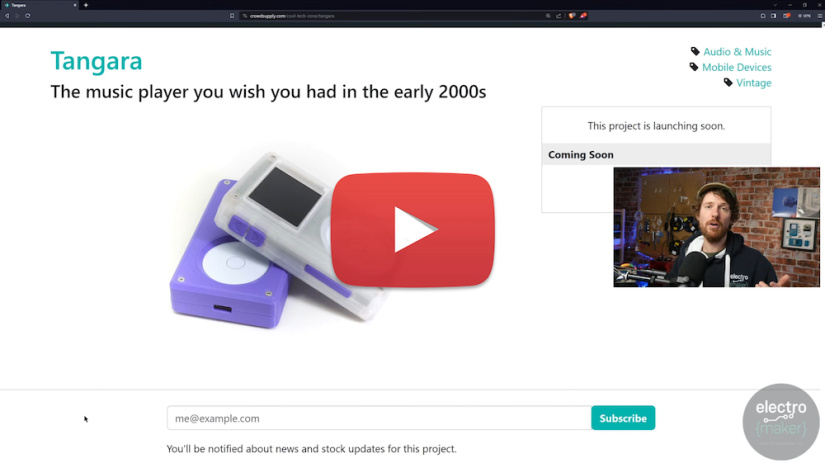
Watch Ian discuss the Tagara in this episode of The Electromaker Show
Features and Specifications
At the core of Tangara lies the robust ESP32, paving the way for a versatile range of audio playback options including music, audiobooks, and podcasts. The unique OneTouch interface, bearing a striking resemblance to the iPod's click wheel, adds a touch of nostalgia while providing an intuitive user experience. Besides, the Tangara is decked with essential components like a DAC, an SD card slot, and a battery management system, making it a compact, yet powerful device.
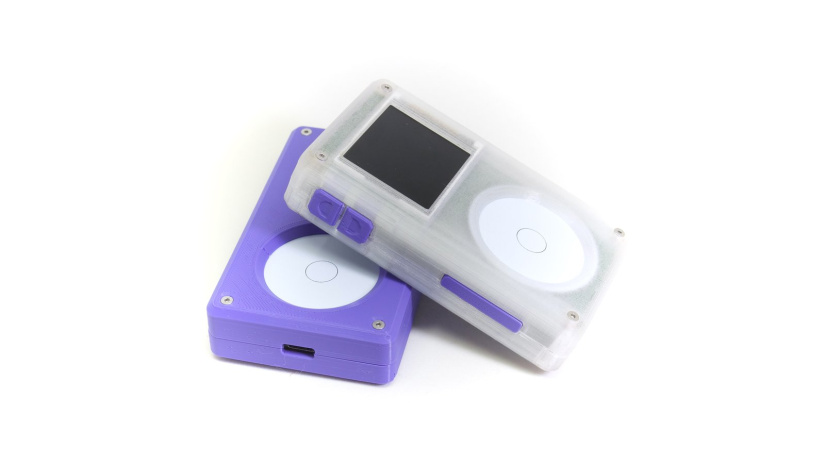
- ESP32-based, with a WM8523 DAC and an INA1620 amplifier
- 3.5-mm audio output with support for 200 mW at 32 ohms
- Current support for 16-bit audio at 44.1 or 48 kHz (DAC maxes out at 24 bits and 192-kHz )
- Bluetooth audio support (SBC codec only)
- Firmware supports MP3, FLAC, Opus, and Vorbis codecs
- USB Type-C charging and firmware updates. Data transfer (via SAMD21 + tinyusb) in development
- 2200-mAh battery with a standard, 3-pin JST connector
- 4-mA standby current and ~120 mA active current, depending on the headphones and the volume
- 1.8-inch, 160x128 full-color TFT display
- Two hardware buttons and a flexible, capacitive 'clickwheel'
- Uses a standard, SDXC card for storage. Available up to 2 TB
- Firmware based on ESP-IDF, written in C++17
- A pretty cool retro transparent enclosure
The Developer's Playground
Tangara is not just a nod to the past, but a gateway to a myriad of modern development opportunities. Its firmware can be tweaked to experiment with alternative user interface patterns or even new types of content. The device opens up a playground for developers, enabling applications like tracker-based music production, alarm clock applications, and much more.
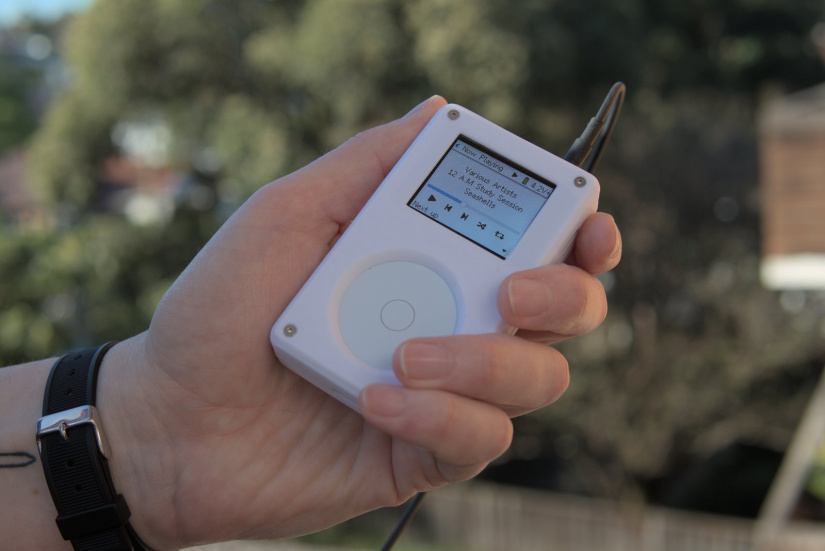
Moreover, the Tangara's faceplate is designed for customization. Developers can design a new faceplate with additional physical buttons, display panels, or even a Cherrywood enclosure. The mention of turning the Tangara into a music tracker is particularly intriguing, despite the challenges the one-wheel interface might pose.
Did you enjoy this article?
Make sure you subscribe to The Electromaker Show for similar content and subscribe to our monthly newsletter!




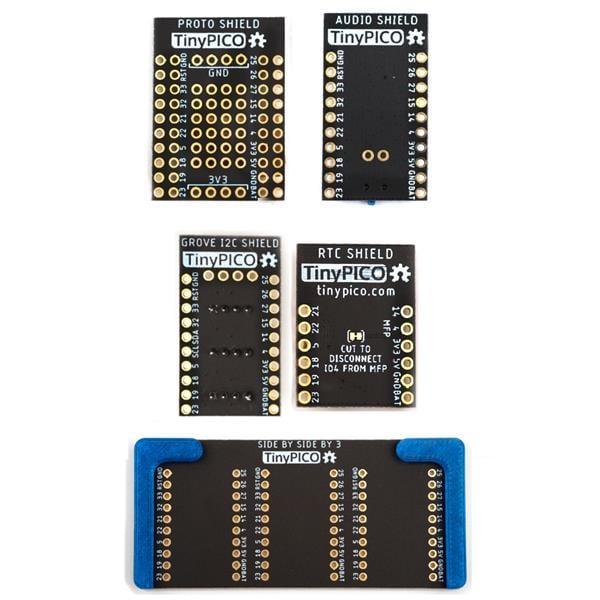
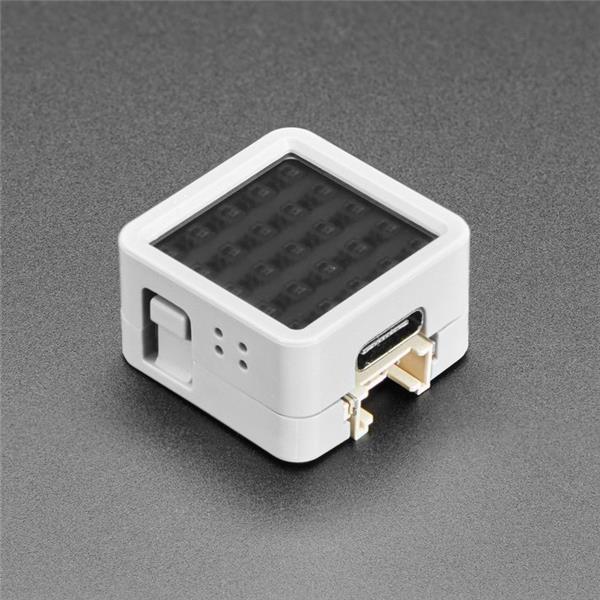
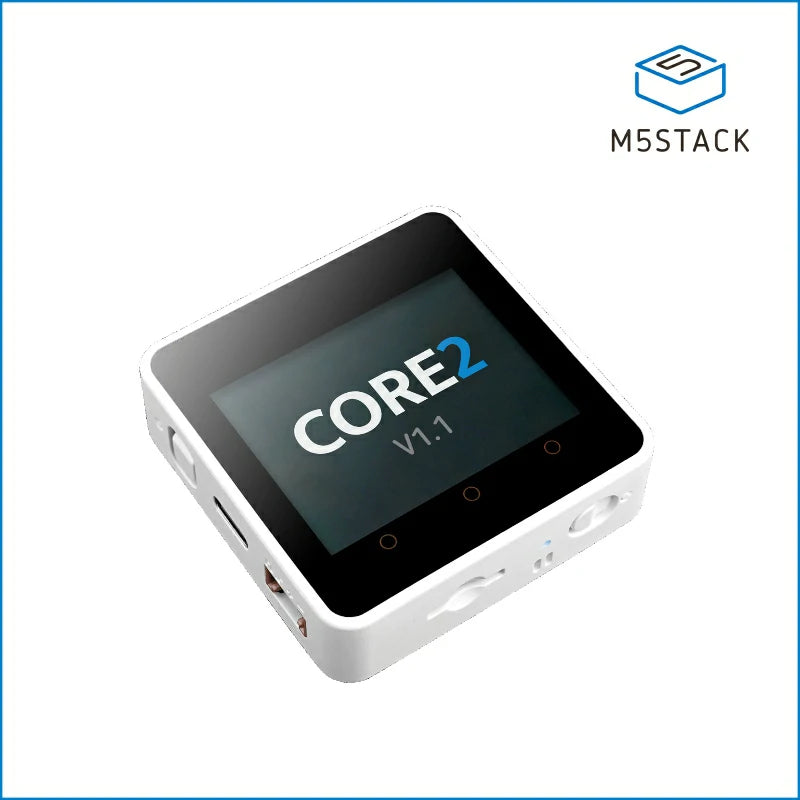


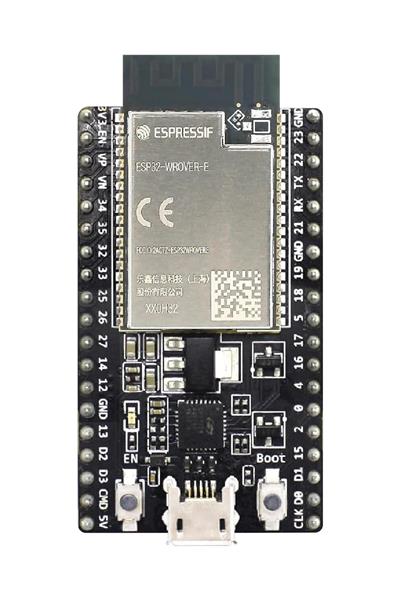
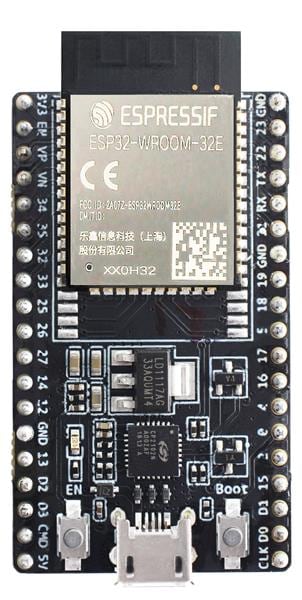
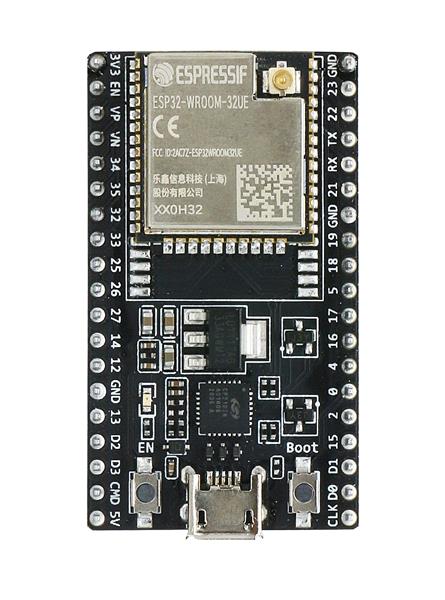
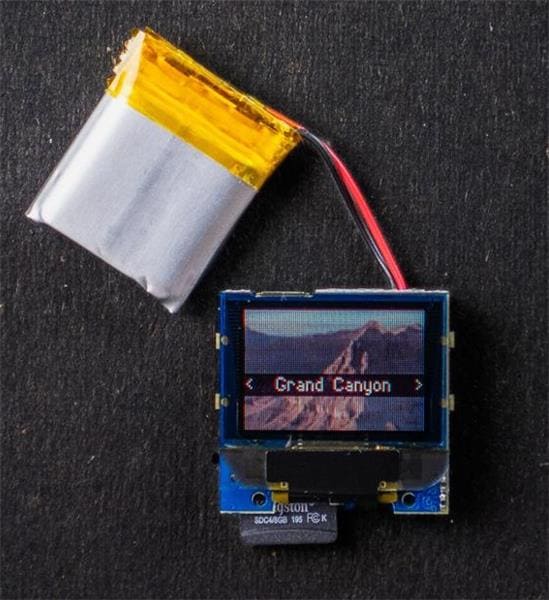
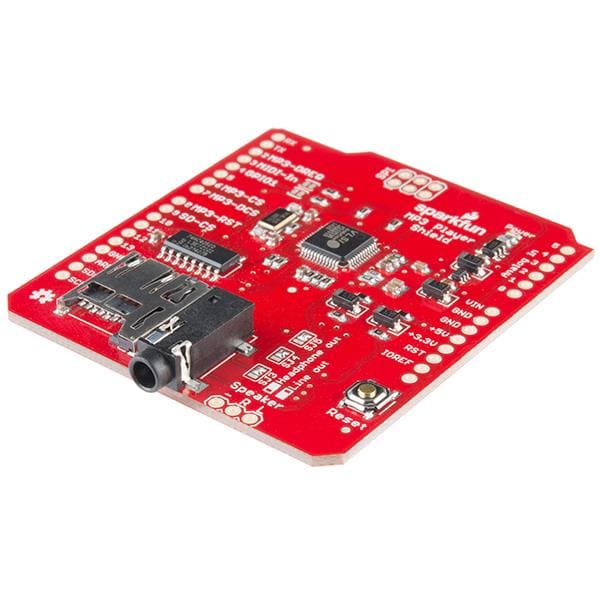
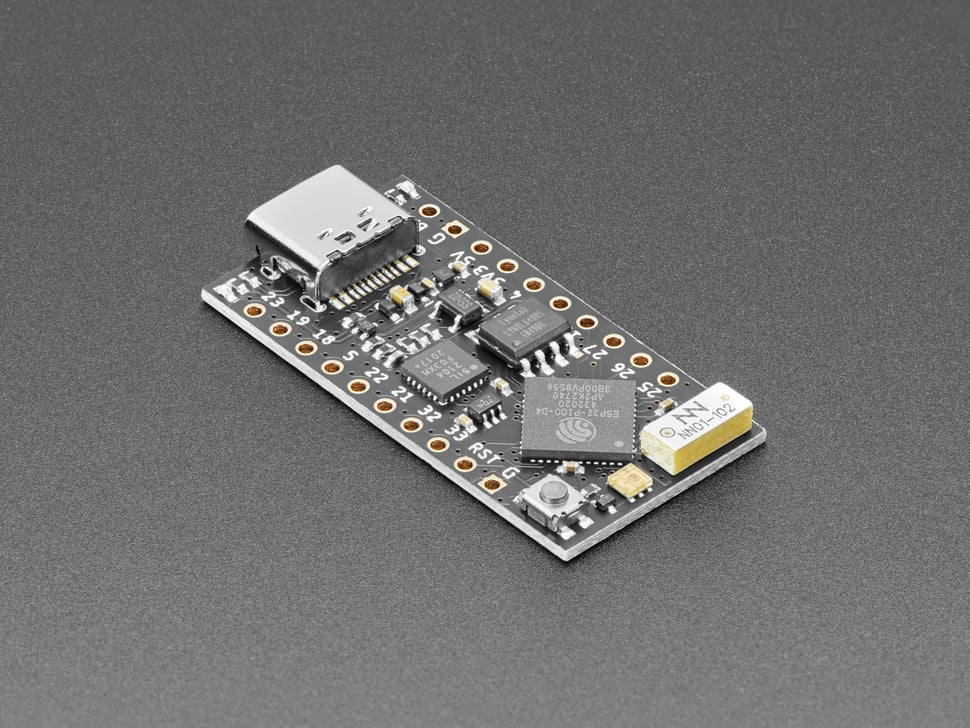

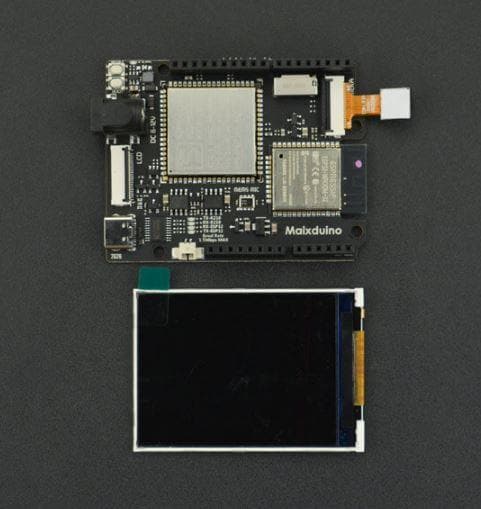
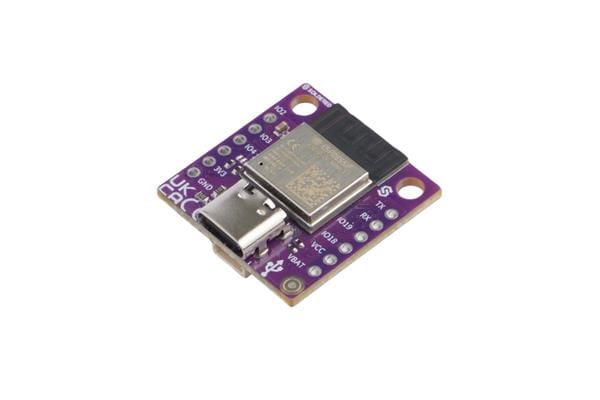
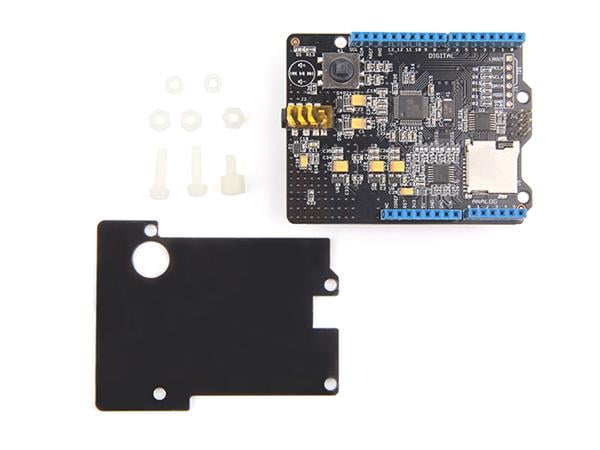
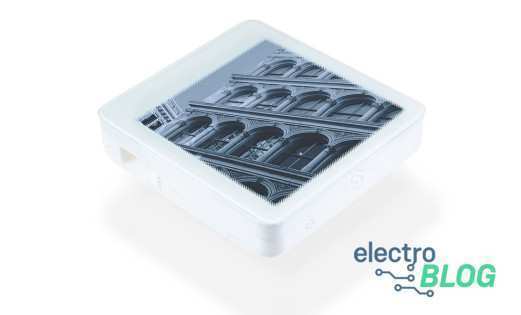
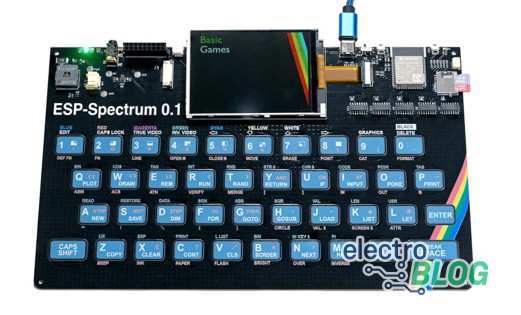
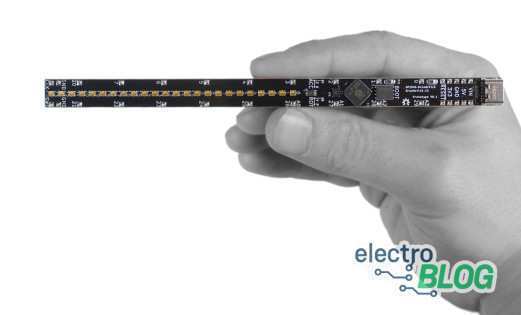
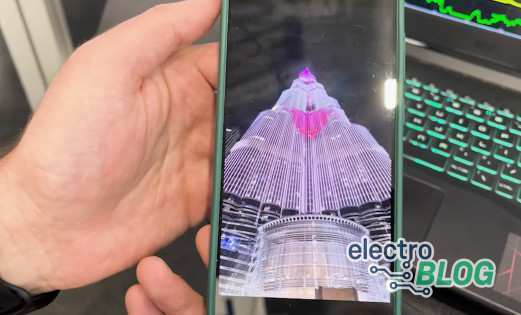
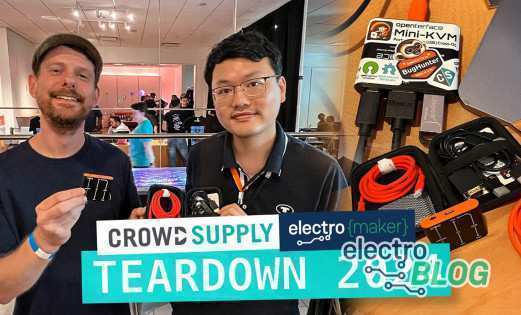
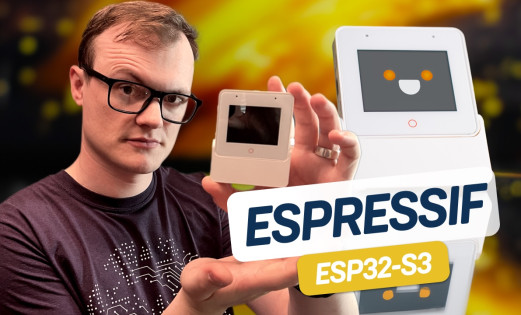
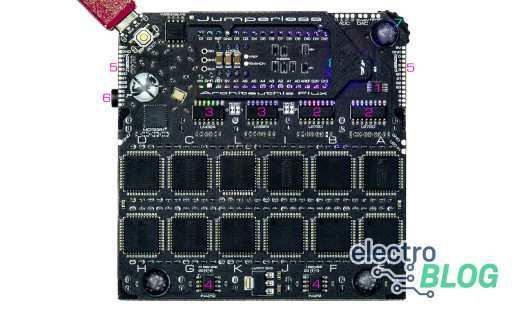
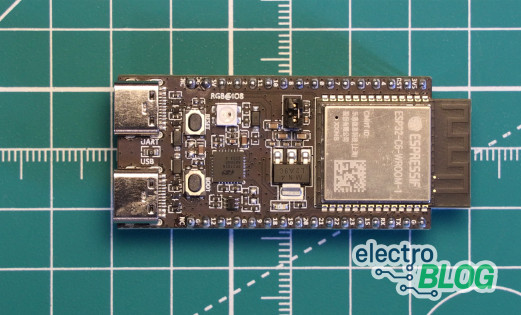

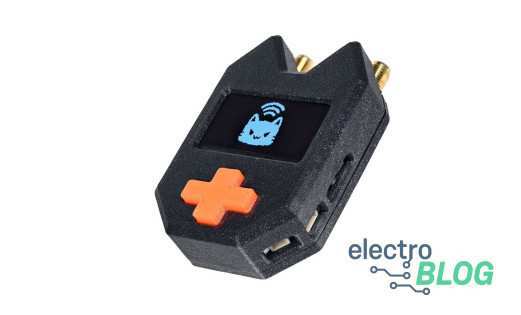
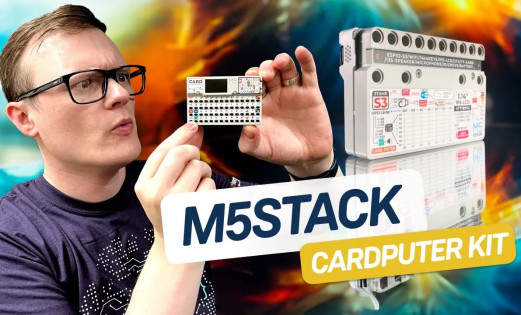
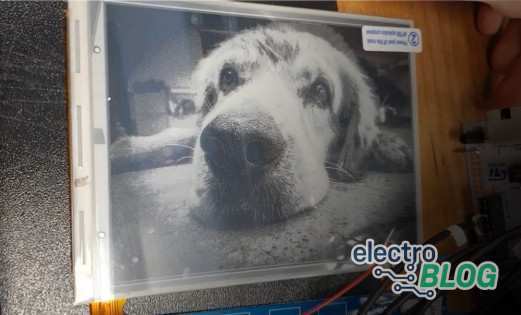
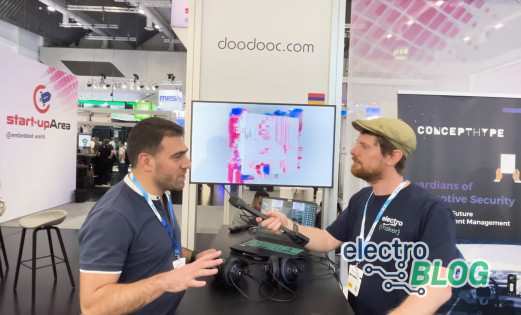
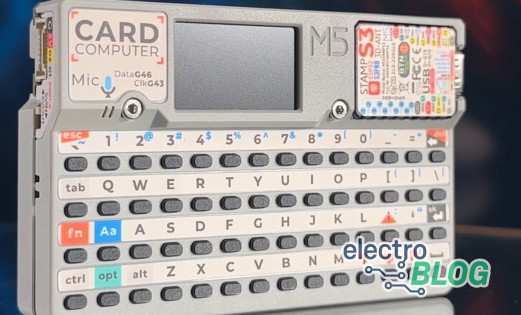
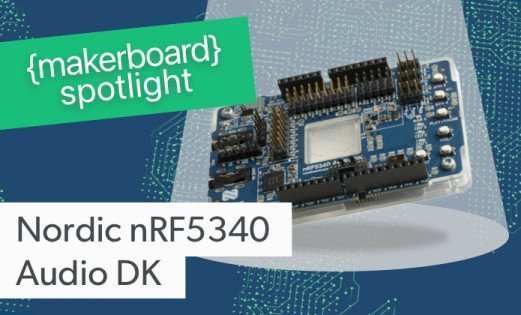

Leave your feedback...